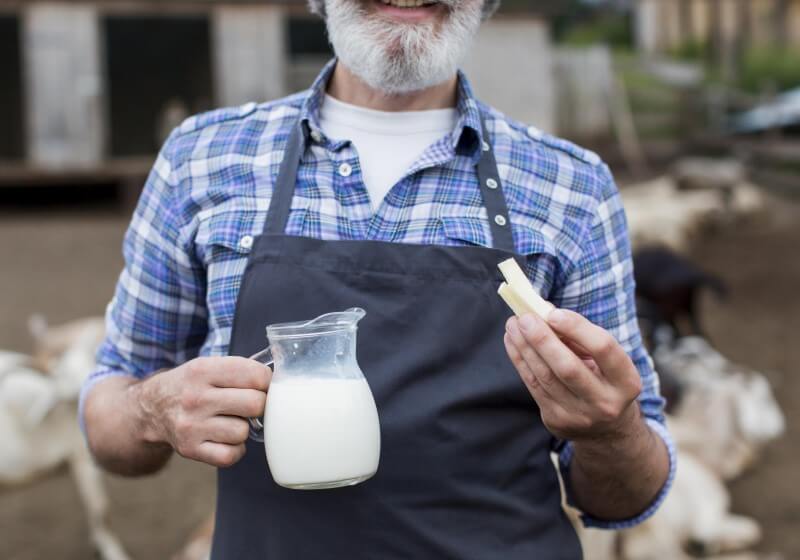Essential Equipment for modern Dairy Processing

The dairy industry has evolved far beyond traditional milk handling. Today modern dairy plants rely on a number of precisely engineered pieces of equipment to ensure consistent product quality, safety and efficiency across every stage. Whether producing milk, cheese, yoghurt or cream, the right equipment forms the foundation of smooth, hygienic and profitable operations.
Let’s explore the essential equipment used in modern dairy processing and how each plays a vital role in transforming fresh milk into finished dairy products that meet global quality standards.
1: Milk Reception and Storage Tanks
The dairy journey begins the moment raw milk arrives at the processing facility. Milk reception units include weighing, sampling and filtration systems to ensure quality control right at the start. Once tested and approved, the milk is stored in insulated stainless steel storage tanks. These are often known as silo tanks. These tanks are designed to maintain precise cooling temperatures to prevent bacterial growth and preserve freshness.
Modern tanks come with automated cleaning, agitation systems and temperature sensors that keep milk uniform and safe before processing begins.
2: Pasteurisers
Pasteurisation is one of the most critical steps in dairy processing. It eliminates harmful bacteria without compromising taste and nutrition. Plate and tubular pasteurisers are most common in modern facilities. They can heat milk to a specific temperature and then rapidly cool it down. Automated pasteurisers provide precise temperature control, ensuring consistent safety and extended shelf life for milk, cream and yoghurt bases.
3: Homogenisers
Homogenization breaks down fat molecules in milk, creating a uniform texture and preventing cream separation. A homogeniser uses high pressure to force milk through narrow openings, evenly distributing fat globules. This process enhances texture and improves the flavour of dairy products.
In the modern plants homogenisers are fully automated with adjustable pressure settings, ensuring consistent results across different product types.
4: Separators and Clarifiers
Before pasteurisation milk is often separated and clarified to remove impurities and adjust fat content. Milk separators use centrifugal force to divide cream from skim milk, while clarifiers remove solid particles and sediments that could affect quality.
These machines are essential for creating various dairy products with specific fat ratios, such as whole milk, low-fat milk or cream, while ensuring purity and hygiene.
5: Packaging and Filling Machines
Once dairy products are ready, they need packaging that maintains freshness and shelf life. Automatic filling and sealing machines handle bottles, pouches or cups with precision, minimising human contact.
For branding and traceability, modern systems integrate labelling and date-coding functions, ensuring compliance with food safety regulations.
Commercial Equipment at M&M
Modern dairy processing combines tradition with technology. Every stage, from receiving milk to packaging the final product, depends on reliable, automated and hygienic equipment. Investing in high-quality machines doesn’t just improve efficiency; it safeguards product integrity, extends shelf life and builds consumer trust.
In a competitive market where consistency and compliance are everything, the right dairy processing isn’t just essential. It is your valuable business asset.
If you are looking for investment in dairy equipment, visit M&M Equipment Corp. for the latest inventory on dairy equipment.
